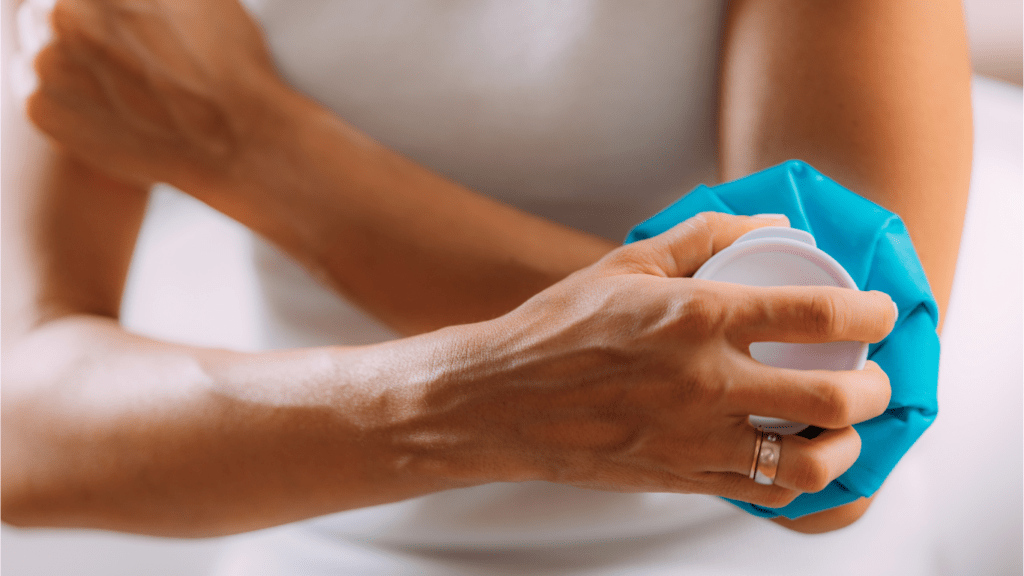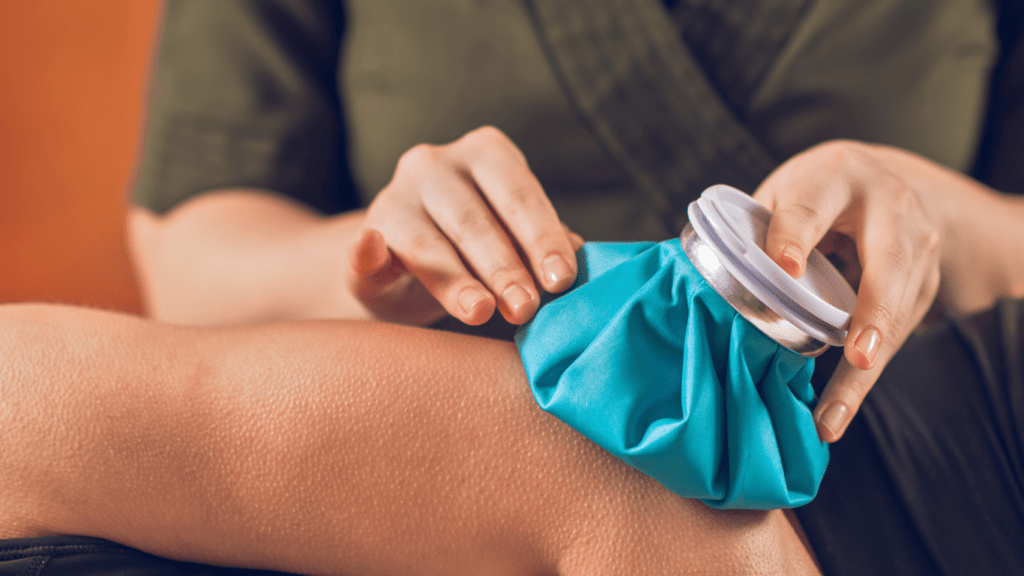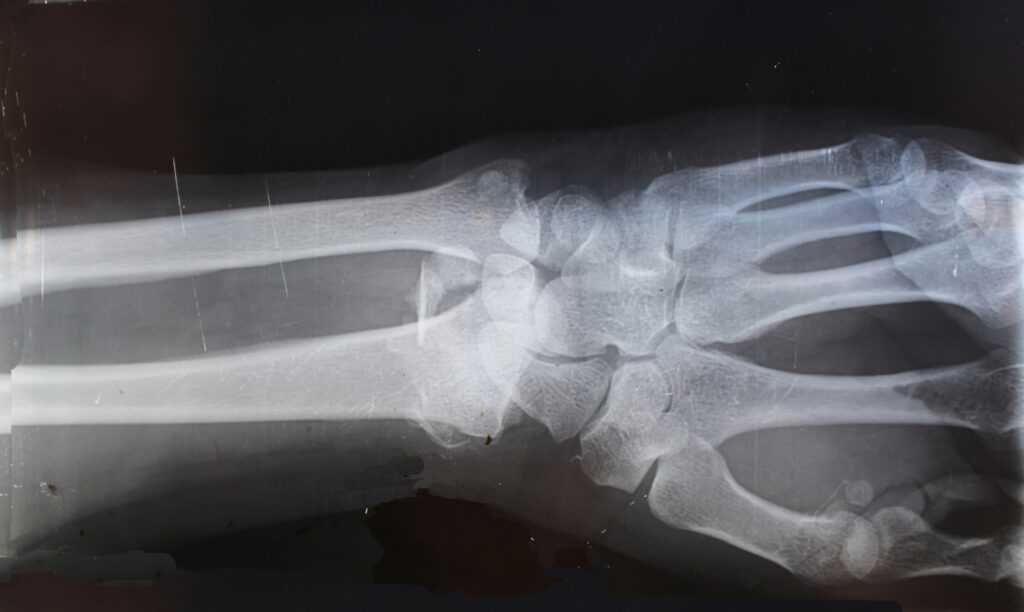Overview of Heat and Ice Therapy
Heat therapy and ice therapy are essential techniques for managing pain and accelerating recovery from various injuries.
Benefits of Heat Therapy
Heat therapy relaxes muscles, improves circulation, and alleviates discomfort. It’s particularly effective for chronic conditions, such as arthritis or muscle spasms.
By increasing blood flow, heat therapy aids in delivering oxygen and nutrients to the injured area, promoting faster healing.
Benefits of Ice Therapy
Ice therapy reduces inflammation, numbs pain, and constricts blood vessels. This makes it ideal for acute injuries like sprains, strains, or bruises. By slowing down blood flow, ice therapy minimizes swelling and prevents further tissue damage.
When to Use Heat Therapy
Heat therapy works best for chronic conditions, muscle relaxation, and improving circulation. It’s essential to know when to use it for maximum benefits.
For Muscle Relaxation
Muscle relaxation benefits significantly from heat therapy. Applying heat to tense muscles increases blood flow, which delivers oxygen and nutrients necessary for healing. For example, placing a heating pad over a stiff neck or sore lower back can reduce tension and promote relaxation. Heat therapy can ease the discomfort caused by prolonged periods of inactivity or stress.
For Improving Circulation
Improving circulation is another key benefit of heat therapy. The heat causes blood vessels to dilate, enhancing blood flow to the affected area.
This increased flow can help reduce pain and promote healing in conditions like arthritis. Using warm compresses or heating pads on stiff joints can lead to significant improvements in mobility and comfort.
When to Use Ice Therapy
Ice therapy provides optimal benefits for acute injuries, inflammation, and pain management. Knowing when to apply ice ensures faster recovery and better results.
For Inflammation Reduction
Ice effectively reduces inflammation in injuries by narrowing blood vessels, slowing down blood flow to the affected area, and minimizing swelling.
The cold slows cellular metabolism, reducing the risk of further tissue damage. Acute injuries like:
- sprains
- strains
- impact injuries
benefit most from ice therapy.
For instance, using ice on an ankle sprain within the first 48 hours significantly decreases swelling and promotes healing.
For Numbness and Pain Relief
Applying ice numbs the affected area, providing immediate pain relief by decreasing nerve activity. This is particularly useful for sharp, acute pain resulting from recent injuries, dental procedures, or minor burns.
For example, placing an ice pack on a bumped knee alleviates pain almost immediately. When dealing with recent injuries, using ice therapy blocks pain signals and helps manage discomfort.
How to Safely Apply Heat and Ice

Understanding how to use heat and ice therapy safely maximizes their benefits and minimizes risks. Follow these best practices to ensure effective application.
Best Practices for Heat Therapy
- Heat therapy involves using warm towels, heating pads, or hot baths.
- Limit each session to 15-20 minutes to avoid burns. Make sure the temperature is comfortably warm, not hot, to prevent skin damage.
- Apply heat to relaxed muscle areas, typically after physical activity, to promote relaxation and blood flow.
- Use moist heat, like warm, damp towels, for deeper penetration. Moist heat can reach muscle tissues more effectively than dry heat.
- Make sure the heating pad or towel is clean to avoid skin irritation.
- Refrain from using heat on open wounds or inflamed areas to prevent exacerbating inflammation.
Best Practices for Ice Therapy
Ice therapy uses ice packs, frozen gel packs, or a simple bag of frozen vegetables. Limit each session to 15-20 minutes to avoid frostbite.
Create a barrier, like a cloth or towel, between the ice pack and skin to prevent direct contact and potential skin damage. Apply ice to acute injuries, focusing on inflamed joints or swelling to reduce inflammation.
Use ice therapy immediately after an injury, within the first 48 hours, to control swelling. Avoid applying ice while sleeping to prevent prolonged exposure which can damage tissues.
Refrain from using ice on areas with compromised circulation to prevent adverse effects.
Possible Risks and Precautions
Though ice and heat therapy provide numerous benefits, they also carry potential risks. Knowing these risks and taking precautions ensures safer application and better outcomes.
Risks Associated With Heat Therapy
Using heat therapy can lead to burns if the source is too hot or applied for too long. When applying heat packs, ensure they are warm, not hot. Always use a cloth barrier between the heat source and the skin to prevent burns.
Individuals with diabetic neuropathy are at higher risk of burns due to reduced sensation.
Under certain conditions, heat therapy can worsen inflammation. Avoid using heat on infections or fresh injuries. Applying heat too early in the injury process might increase swelling and pain.
Dehydration and heat exhaustion may occur with prolonged use, especially if covering large body areas. Limit sessions to 15-20 minutes and monitor skin during use.
Risks Associated With Ice Therapy
Using ice therapy can result in frostbite if the ice pack is too cold or left on the skin too long. Always wrap ice packs in a cloth before applying and never apply ice directly to the skin. Limit each session to 15-20 minutes.
People with circulatory problems or Raynaud’s disease face higher risks of negative effects from ice therapy. Reduced blood flow can exacerbate these conditions, so consult a healthcare provider before use.
Nerve damage may occur with extended exposure to cold. Avoid prolonged exposure to prevent nerve and skin damage. Monitor the area frequently, especially in the initial stages.
Knowing these risks and taking appropriate precautions enhances the efficacy and safety of ice and heat therapy, leading to better healing outcomes.



